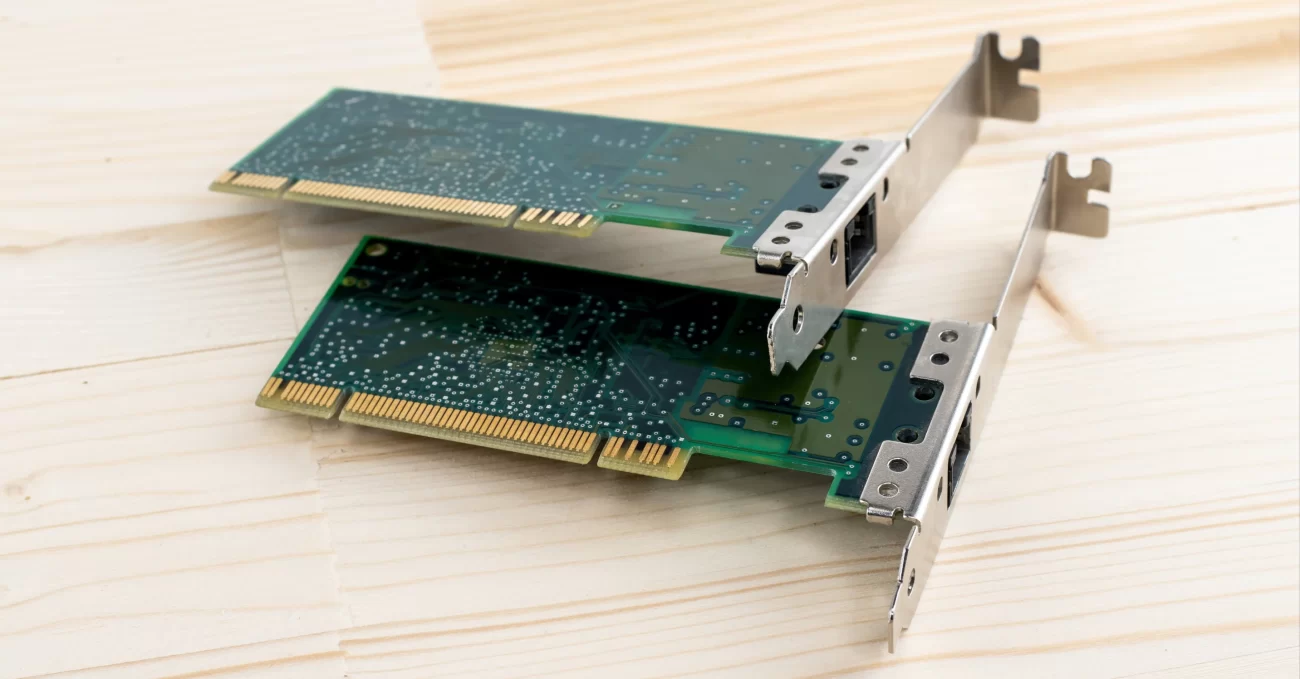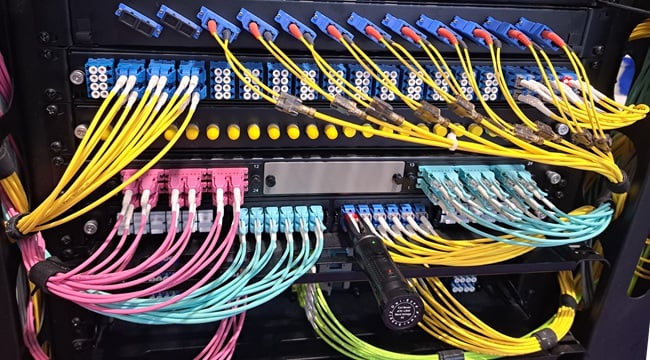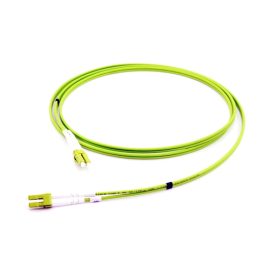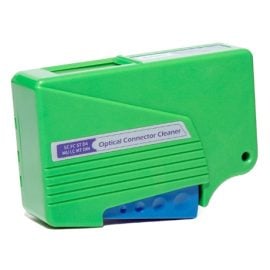Blog, Optical Networking
What equipment is needed for fiber optic internet?
Fiber optic internet is the fastest, most reliable, and newest internet connection technology. More and more people use fiber optic internet in their homes or commercial office buildings. However, many people are unsure what equipment is needed for fiber optic internet, so they shy away from replacing traditional Internet.
This guide explains the equipment needed for fiber optic internet, which will help you feel confident in your future internet decisions!
What is Fiber Optic Internet?
Fiber optic internet is the newest form of internet connection. It transmits optical signals through fiber optic cables and converts them back into electrical signals at the receiving end. Fiber optic cables are less susceptible to electrical interference than other cables. As a result, user devices can enjoy high-speed, latency-free Internet performance.
The transmission distance of fiber optic Internet can be as high as tens of kilometers, and the communication performance is not affected by the transmission distance.
Therefore, fiber optic Internet can benefit more areas and people, and more and more people will become familiar with it. However, the story has two sides: fiber optic Internet installation is complicated, and the fiber optic cables and equipment needed are expensive. Besides, routers, ONT, etc., need to consume power resources.
What equipment is needed for fiber optic Internet?
The introduction to fiber optic Internet mentioned above highlights the power-consuming need for equipment, such as ONTs and routers. So, what are they, and what role do they play in fiber optic Internet? What other devices are needed to build fiber optic Internet? The following will be introduced one by one.
1. Fiber Optic Cable
The fiber optic cable in the fiber optic Internet is equivalent to a ferry boat. Network data can not be transferred from the ISP to the user without a fiber optic cable.
These optic cables are made of glass filaments or plastic. Although thin, they have a transmission capacity of up to 100 Gps. Compared to traditional copper cables, fiber optic cables can communicate over long distances and naturally resist electromagnetic interference. Based on the above, fiber optic cable has become the main force of fiber optic Internet transmission.
2. Optical Network Terminal (ONT)
ONT is the optical network terminal, the last kilometer connecting users to fiber optic Internet.ONT needs a power supply to run, so reserve a power socket in the ONT position when designing your fiber optic Internet.
.png)
Data is transmitted through optical pulses in fiber optic cables provided by ISPs. When the data reaches the ONT, the ONT converts the optical signal into an electrical signal. Conversely, it can also convert electrical signals into optical signals transmitted over fiber optic cables. Therefore, the ONT has one or more ports for routers, computers, or other user devices to connect to.
3. Router
A router connects to the ONT via an Ethernet cable and acquires electrical signals. It then provides multiple Ethernet ports to connect devices to the router via Ethernet cables or patch cords. In addition, the router offers security features, such as a firewall, to keep your fiber optic network safe from hackers. If you want to purchase it, a gigabit router is the best choice for maximizing the potential of fiber optic Internet.
4. Network Interface Card (NIC)

The NIC is the core component that allows a computer to access the network. With it, computers can send and receive data between network devices (routers or switches). Most computers today come with a NIC, which looks like a circuit board. You can buy a wired or wireless network interface card if not on a computer.
5. Ethernet Cable
Ethernet or network cables bridge the router to the computer and act as a data transmission medium. Using an Ethernet cable allows you to enjoy the lowest latency network performance without worrying about obstacles such as walls, refrigerators, etc., blocking the transmission of network signals or sharing bandwidth with other devices.
6. Optical Power Meter (OPM)
An optical power meter is an electronic instrument to measure the power of optical signals. The fiber optic network maintenance and installation process requires optical power meter testing. The testing aims to understand the difference between the power of the optical transmitter and receiver, i.e., optical loss, and then understand the performance of cables and connectors.
7. Patch Cables
Patch cables are fiber optic or network cables with connectors terminated at both ends. They are flexible in length and have connectors at both ends, making it easy to connect computers, laptops, and other network devices to routers or switches.

8. Fiber Optic Tools
- Fiber optic fusion splicer: When the length of fiber optic cable is not enough or fiber optic due to accidental damage, this time, there is a need for a fiber optic fusion splicer. A fiber optic fusion splicer can connect two fiber optic cables and connect them to form a permanent fiber optic cable.
- Fiber optic cutter: A fiber optic cutter is needed before fiber optic fusion splicing. The precision of cutting affects fiber optics’ transmission performance.
- Fiber Optic Cleaning Kit: Even fiber optic pollution consists of tiny particles that can hinder the transmission of optical signals or cause their attenuation. To achieve effective cleaning results, a fiber optic cleaning pen, cassette, isopropyl alcohol, and other tools are used.
FAQ
Q. Where is the optical network terminal installed?
A. ONT is usually installed on the side of the house or in the underground garage. It needs to be near the power jack.
Q. Are optical network terminals and modems the same?
A. They are not the same. However, an ONT performs a similar function in a fiber-optic Internet, converting optical and electrical signals. A modem converts digital signals to analog signals and communicates directly with the ISP, so the ONT is similar to a modem in a fiber-optic network.
Q. What are the benefits of fiber optic Internet?
A. Fiber optic Internet provides a high-speed data transmission rate and a stable and reliable connection. It also avoids electromagnetic interference and is more secure. Most importantly, fiber optic Internet will become the primary type of Internet as the data transmission rate continues to increase and the era of big data arrives.
Q. What is the difference between fiber optic Internet and wired Internet?
A. The main difference is that wired Internet transmits data through a coaxial cable. Fiber optic Internet transmits data through fiber optic cables. In addition, wired Internet is cheaper in terms of entry costs.
Conclusion
Fiber optic Internet, a new technology with excellent performance, has many advantages. However, it also has drawbacks, such as high cost and lower subscriber coverage than wired internet. If you choose to get started with fiber optic internet, this guide describes the equipment you need to lay it out and, hopefully, will help you install it.
Read more
- Single Mode SFP vs Multimode SFP: What the Differences Are & When to Use Each
- How to Change Your Router’s Password? A Complete Guide (2024)
- Patch cable vs Ethernet cable: What the Differences Are & When to Use Each
- What Is Fiber Optic Cable Splicing? A Beginner’s Guide
- How to Clean Fiber Optic Cable Connectors












